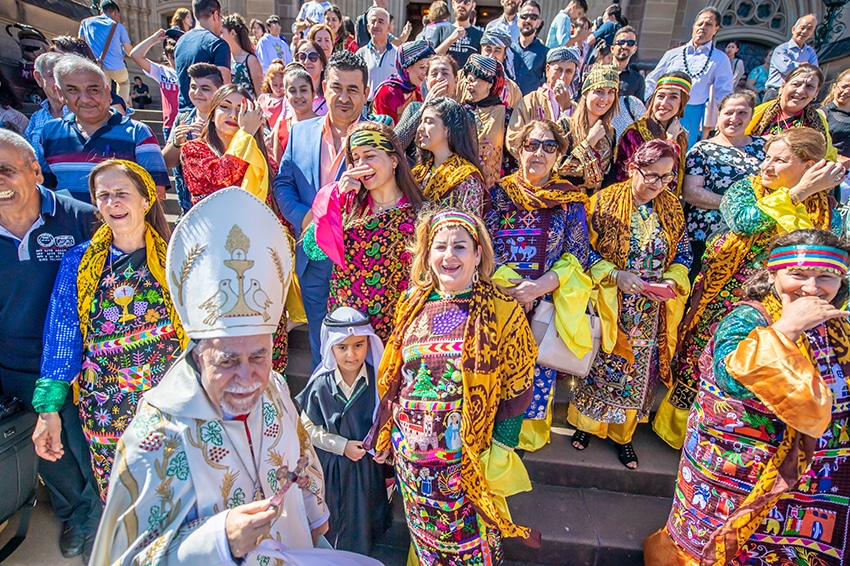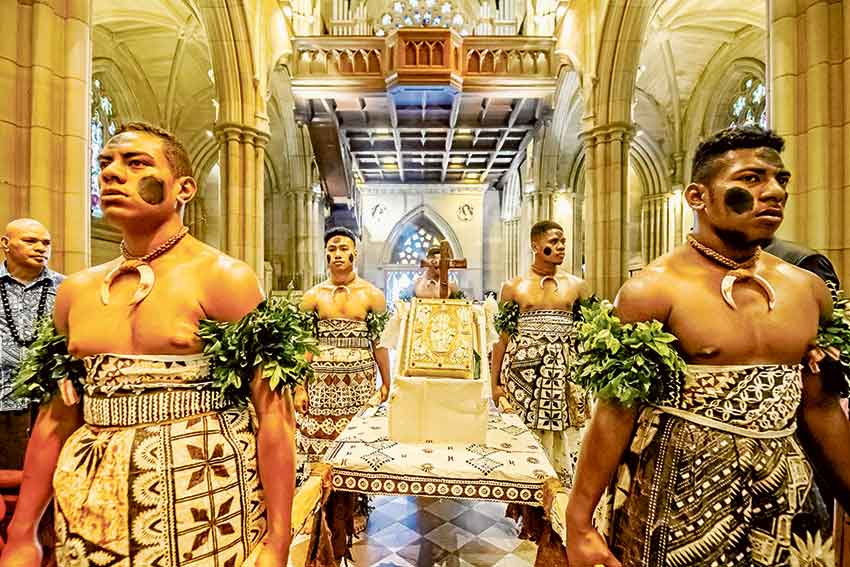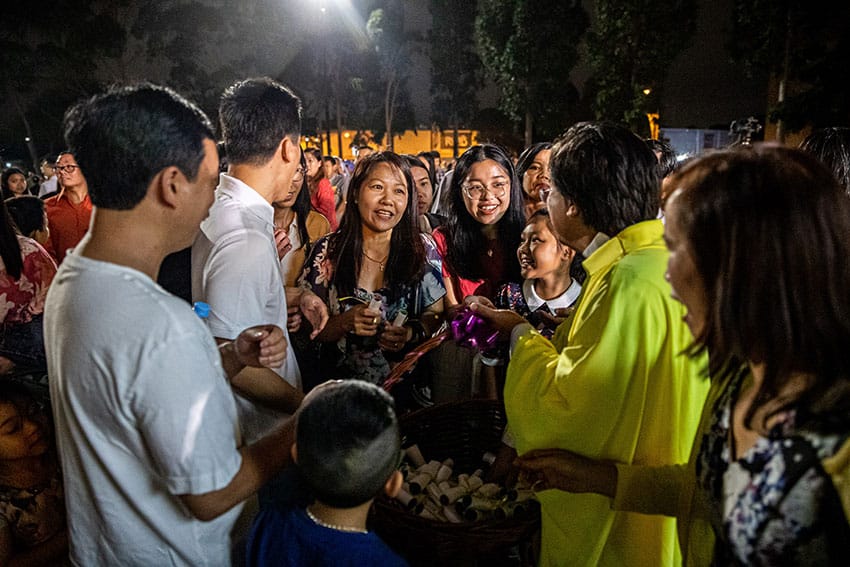
The Catholic Church is twice as multicultural as Australia’s other Christian denominations, with 51 per cent of our parishes having multicultural congregations compared to around 25 per cent of Protestant, Anglican and Pentecostal parishes.
Just under half of all Australian Christians are second generation migrants, with at least one parent born overseas.
Catholics are much more likely than other denominations to have come from a non-English speaking country.
Initial findings from the 2021 National Church Life Survey, released on 29 September at a webinar presented by NCLS Research Director Dr Ruth Powell, show a faith that is more multicultural, older, more educated, and predominantly female.
“Churchgoers are more likely than the average Australian to have been to university, with 44 per cent having a bachelor’s degree or higher.”
Christianity has continued to age dramatically in the last five years, with 36 per cent of church attenders across the country now aged 70 years or over, more than twice the Australian average (15 per cent).
Churchgoers are more likely than the average Australian to have been to university, with 44 per cent having a bachelor’s degree or higher.
Among younger Christian adults aged 30-50, this rises to 70 per cent, and Christian migrants from non-English speaking countries are much more educated than average, with 57 per cent having university qualifications.
Lay men are increasingly going missing from Australian churches. Women make up 61 per cent of churchgoers, and outnumber men in every age group.

However, 80 per cent of leadership roles in churches are filled by men, with Pentecostalism the only exception: men lead 66 per cent of Pentecostal churches.
The 2021 NCLS has painted a more detailed picture about youth in the wake of the large, ageing Baby Boomer cohort, which Dr Powell likened to a “mouse swallowed by a python, bulging out at each point, making a huge impact as it passes through”.
“Previously if a young adult moved away from Church involvement they would come back once they reached the stage of life when they had their own children. However, then came the baby boom generation,” she said.
“This generational cohort filled the Sunday schools in the 1950s, then in the 1960 and 70s they left church life as young adults.
“The young adults in Australian churches offer the most positive view about their church experiences.”
“Mostly they did not come back, and they did not bring their children back. The consequences of this major disruption continue to impact today’s churches.”
According to the 2021 NCLS, young Christians today are the most likely to report high levels of satisfaction and confidence in their churches’ missions, want to take on responsibility, and want to be more involved than older generations (29 per cent vs 21 per cent overall).
“This is an encouraging picture,” Dr Powell said. “The young adults in Australian churches offer the most positive view about their church experiences.”
Younger Christians are also new Christians, with nearly half of all young Christians aged 15-30 having joined their church community in the previous five years.

Nearly 10 per cent of these were converts with no previous church background, compared to 5 per cent across all ages.
Dr Powell also said that young people tend to “cluster”, with a core group of attendees surrounded by a broader group of “orbiters” who come intermittently without fully committing.
According to the Australian Community Survey, conducted by Dr Powell’s team earlier this year, this group of “orbiters” may be much larger than church leaders realise, with around 30 per cent of young Australians reporting they attend church services at least once a month.
When young people cluster in a church, “it is worth giving those churches as much support as possible,” she said.
“Catholics are much more likely than other denominations to shop around, with half of all Catholics regularly attending more than one parish.”
The NCLS also measured attendance patterns, finding that across all denominations most Christians tend to go to the same church every week, at 60 per cent, and rarely stay in the one community for less than five years.
Around a quarter of Christians might attend a different church in person, with another 17 per cent “visiting” other parishes online.
Catholics are much more likely than other denominations to shop around, with half of all Catholics regularly attending more than one parish.
The NCLS is held every five years at the same time as the Census, and gives a broad overview of “who’s in the pews” in Australian churches.
